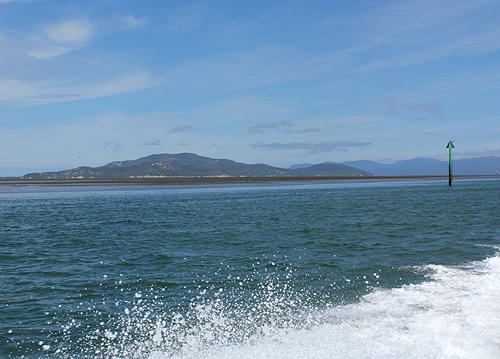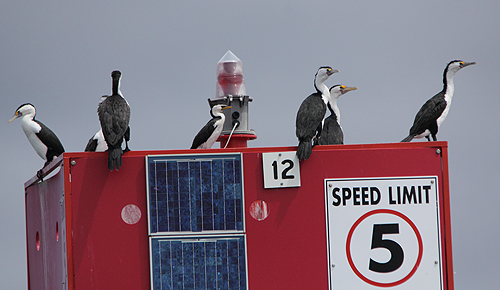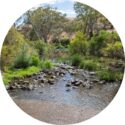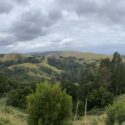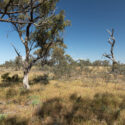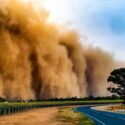Improving water quality in Corner Inlet
Over the past few months Anna Roberts and Geoff Park from the Natural Decisions team have been working with the West Gippsland CMA to finalise the Corner Inlet Water Quality Improvement Plan (WQIP).
The Corner Inlet Ramsar Site includes the areas known as Corner Inlet and Nooramunga and is the most southerly marine embayment and tidal mudflat system of mainland Australia. It supports outstanding environmental values that have been recognised through its listing as a wetland of international importance under the Ramsar Convention. Its tributaries also have important economic, environmental and social values.
The condition and extent of important habitat including seagrass meadows, sandflats, mangroves and saltmarsh are threatened by nutrient and sediment pollution resulting mostly from catchment land uses. The Corner Inlet Water Quality Improvement Plan (WQIP) has been developed to significantly improve the quality of water entering the Corner Inlet Ramsar Site in order to protect its unique and significant values. Achieving this aim requires a measurable reduction in the level of nutrients and suspended sediment loads from surrounding catchments.
Water quality objectives set for the WQIP have been based on ‘SMART’ principles; ones that are specific, measurable, attainable, realistic and time-bound. The water quality objectives are as ambitious as possible in order to protect the environmental values of Corner Inlet, whilst balancing the needs to maintain income from agriculture.
The agreed and achievable WQIP targets are:
– Corner Inlet catchments, at least 15% total nitrogen, 15% total phosphorus, 10% total suspended sediment reduction by 2033
– Nooramunga catchments, at least 10% total nitrogen 10%, total phosphorus, 5% total suspended sediment reduction by 2033
State-of-the-art techniques, including integrated bioeconomic modelling and INFFER (Investment Framework for Environmental Resources) analyses were used as the basis for assessing the costs and benefits of achieving water quality objectives using available scientific, expert and local knowledge. The Corner Inlet WQIP sets an Australian benchmark in terms of realistic costs to achieve water quality improvements. Given its high environmental values and relatively small catchment area (approximately 2,300km2), protecting the values of Corner Inlet will be easier than for many threatened national water quality hotspots.
The Corner Inlet WQIP has been a challenging and immensely rewarding project to be associated with. We are grateful to the West Gippsland CMA for the opportunity to be part of this exciting initiative.
To view the final plan click here.
Posted 19 December 2013 in News















